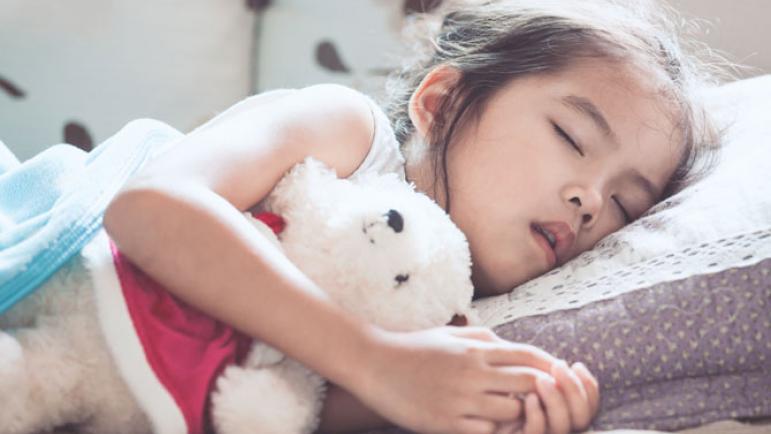
Does your child snore loudly most nights?
Does your child have trouble breathing or stop breathing during sleep?
Does your child frequently experience daytime sleepiness or fatigue?
Does your child have trouble paying attention or behaving properly at school?
Does your child often wake up with headaches?
Understanding Sleep Apnea in Children
Sleep apnea is a serious sleep disorder that affects people of all ages, including children. While it's often associated with adults, it's important for parents to be aware of the signs and symptoms of sleep apnea in their children. In this article, we'll discuss what sleep apnea is, its causes, symptoms, and potential treatment options for children.
What is Sleep Apnea?
Sleep apnea is a condition characterized by pauses in breathing or shallow breaths during sleep. These pauses can last for a few seconds to minutes and may occur multiple times throughout the night. There are three main types of sleep apnea: obstructive sleep apnea, central sleep apnea, and complex sleep apnea syndrome. In children, obstructive sleep apnea is the most common type.
Causes of Sleep Apnea in Children
Obstructive sleep apnea in children is often caused by enlarged tonsils or adenoids, which can obstruct the airway during sleep. Other risk factors may include obesity, certain medical conditions such as Down syndrome or cerebral palsy, and a family history of sleep apnea.
Signs and Symptoms
The signs and symptoms of sleep apnea in children may vary depending on the severity of the condition, but common signs include:
- Loud snoring
- Pauses in breathing during sleep
- Restless sleep
- Daytime sleepiness or fatigue
- Difficulty concentrating
- Behavioral problems
- Morning headaches
It's important to note that not all children with sleep apnea will exhibit all of these symptoms, and some children may not snore at all.
Treatment Options
Treatment for sleep apnea in children may include:
- Adenotonsillectomy: Surgical removal of the tonsils and adenoids is often the first-line treatment for obstructive sleep apnea in children with enlarged tonsils or adenoids.
- Continuous Positive Airway Pressure (CPAP) Therapy: CPAP therapy involves wearing a mask over the nose and/or mouth during sleep, which delivers a continuous flow of air to keep the airway open.
- Weight Management: For children who are overweight or obese, weight loss may help improve symptoms of sleep apnea.
- Other Treatments: In some cases, other treatments such as oral appliances or nasal corticosteroids may be recommended.
Conclusion
Sleep apnea is a serious condition that can have significant impacts on a child's health and quality of life. If you suspect that your child may have sleep apnea, it's important to consult with a healthcare professional for proper evaluation and management. Early detection and treatment of sleep apnea in children can help improve their sleep quality and overall well-being.